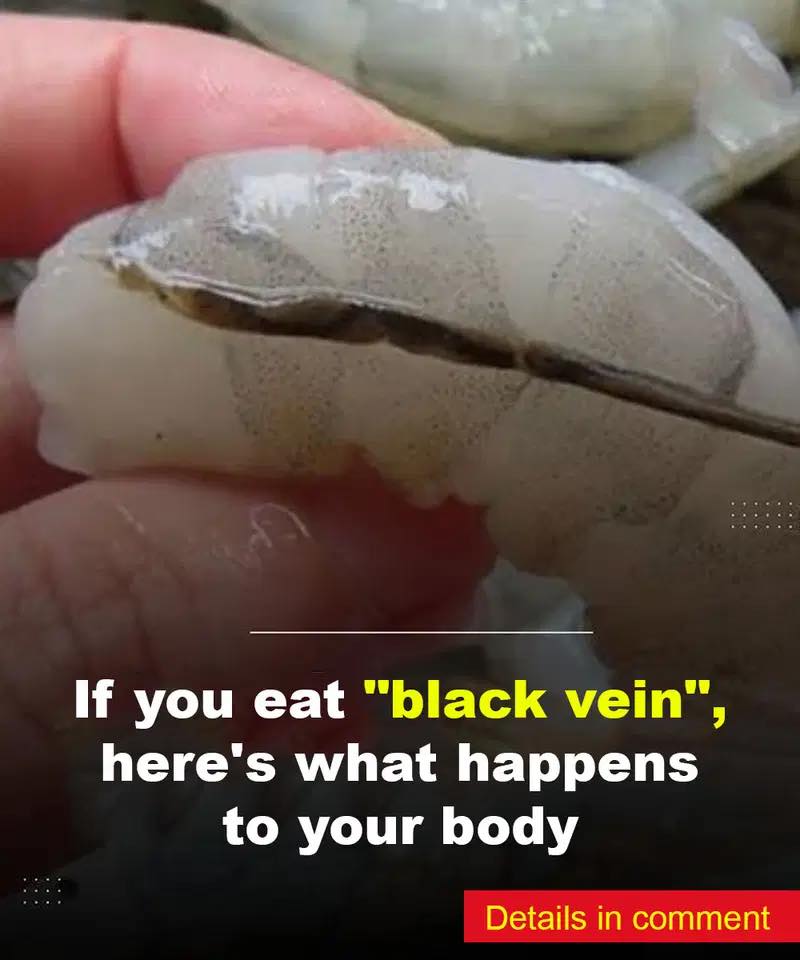What Is the Black Vein in Shrimp?
The so-called “vein” is actually the shrimp’s digestive tract, specifically its intestine. It may contain sand, sediment, or undigested food.
Is It Dangerous to Your Health?
No, eating the black vein usually isn’t harmful. If the shrimp is cooked thoroughly, any potentially harmful bacteria will be destroyed by the heat.
However, it can affect texture and taste, making the shrimp feel gritty or slightly bitter.
When Should You Remove the Vein?
Large shrimp: The vein is more visible and may contain more debris—removal is recommended.
Small shrimp: Often left intact, as it’s less noticeable and tedious to remove.
Delicate preparations: For dishes like ceviche or gourmet recipes, removing it improves presentation and flavor.
How to Remove the Vein
continued on next page
What Is the Black Vein in Shrimp?
The so-called “vein” is actually the shrimp’s digestive tract, specifically its intestine. It may contain sand, sediment, or undigested food.
Is It Dangerous to Your Health?
No, eating the black vein usually isn’t harmful. If the shrimp is cooked thoroughly, any potentially harmful bacteria will be destroyed by the heat.
However, it can affect texture and taste, making the shrimp feel gritty or slightly bitter.
When Should You Remove the Vein?
Large shrimp: The vein is more visible and may contain more debris—removal is recommended.
Small shrimp: Often left intact, as it’s less noticeable and tedious to remove.
Delicate preparations: For dishes like ceviche or gourmet recipes, removing it improves presentation and flavor.
How to Remove the Vein
continued on next page
The so-called “vein” is actually the shrimp’s digestive tract, specifically its intestine. It may contain sand, sediment, or undigested food.
No, eating the black vein usually isn’t harmful. If the shrimp is cooked thoroughly, any potentially harmful bacteria will be destroyed by the heat.
However, it can affect texture and taste, making the shrimp feel gritty or slightly bitter.

